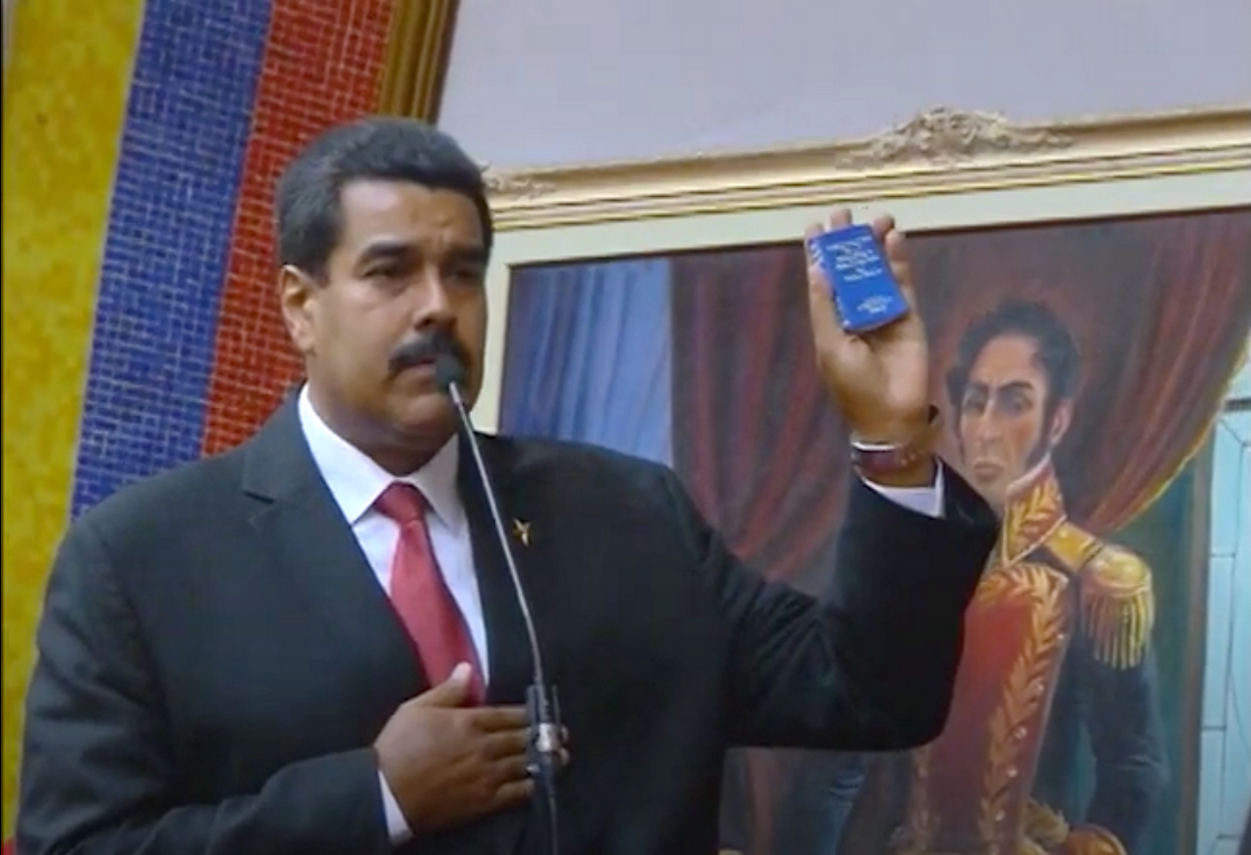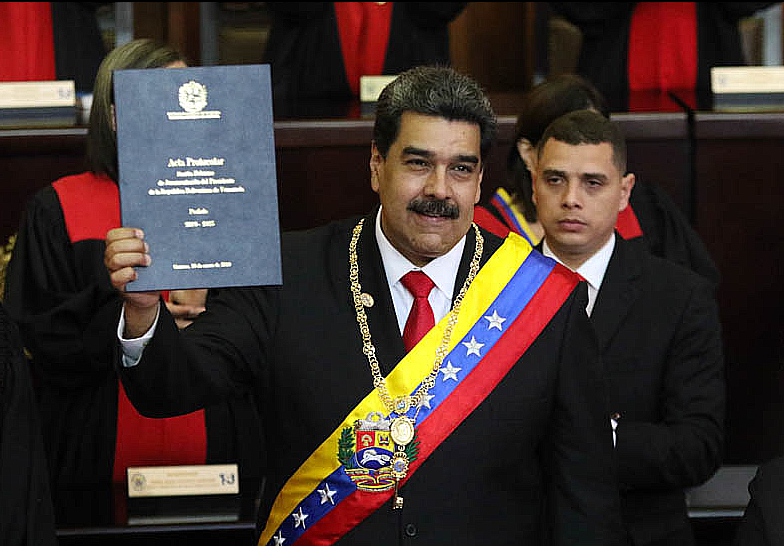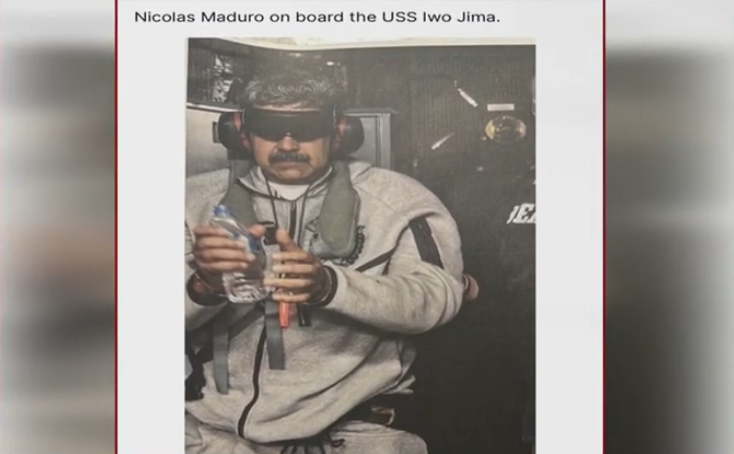Nm
In the years after the Second World War, the American empire was at its absolute apex.
American businesses were enjoying previously unheard of profits and acting with previously unheard of hubris. More than ever, the natural world was seen as something to be conquered and exploited for the betterment of human life and for greater prosperity for the few. There seemed no limits on production.
It was in this business climate that Monsanto, Ciba and other chemical companies produced Dichlorodiphenyltrichloroethane, or DDT, for widespread use as an agricultural insecticide.
It was in the late 1940’s that a Westport physician by the name of Morton Biskind began noticing new ailments and new variations on old ailments in both humans he was treating as well as in domestic and wild animals in the area. Born in 1906, Biskind had been practicing medicine for over 20 years. The maladies he observed were initially most pronounced in dogs,cats, sheep and cattle and included degenerative problems in their brains, internal organs and muscles.
When Biskind noticed a dramatic increase in similar symptoms in humans, he began doing research and consulting other doctors about their observations. In 1949, he and Dr. Irving Bieber published “DDT Poisoning – A New Symptom With Neuropsychiatric Manifestations” in the American Journal of Psychotherapy.
Much of the article focused on what Biskind and Bieber saw as a link between DDT exposure and the occurrence of polio. “Facts are stubborn,” the authors wrote, “and refusal to accept them does not avoid their inexorable effects — the tragic consequences are now upon us.”
Biskind, Bieber and others alarmed by the effects of DDT were bucking the status quo. Just a year before their article was published, Swiss chemist Paul Hermann Muller was awarded the 1948 Nobel Prize in Physiology and Medicine for discovering the effectiveness of DDT against yellow fever and malaria. Chemical giants such as duPont and Geigy manufactured large quantities of the insecticide for use during World War 2 and government regulators such as those at the Food and Drug Administration dismissed Biskind’s claims.
In reality, it was already well-known among scientists that DDT had a devastating impact on life forms beyond the insects it was intended to kill. In addition to the humans and mammals Biskind had already observed in and around Westport, virtually every kind of fish, birds, mammals and insects exposed even to small doses of DDT suffered adverse health consequences. Compounding DDT’s impact was the fact that it was stored in the body fat and milk of humans and animals – essentially, a toxic poison embedded in the organism for as long as that organism lived.
Though he was largely ignored and often reviled, Biskind continued to spread his message of warning. In 1950, he testified before Congress about the harmful effects of DDT, and in 1953, he published another important article, “Public Health Aspects of the New Insecticides,”in the American Journal of Digestive Diseases. Though resistance from powerful quarters continued, the message began to get through. More and more studies showed the destructive impact DDT spraying had on all forms of wildlife as well as direct links to cancer and other diseases in humans.
It was in the 1960’s that the work Biskind had done bore fruit as others such as the eminent biologist Paul Shepard carried forward Biskind’s efforts. Most famous among those inspired by Biskind was Rachel Carson, a marine biologist who in 1962 authored Silent Spring, perhaps the most important environmental book ever written.
In 1967, a group of scientists and lawyers formed the Environmental Defense Fund for the express purpose of getting the production and use of DDT banned.
In 1968, Hungary became the first nation to ban DDT for agricultural use and other countries soon did likewise including, in 1972, the United States. In response, DDT manufacturers sued the Environmental Protection Agency. The ban was eventually upheld and DDT has ever since only been authorized for use is extreme cases such as possible threats of bubonic plague being spread by fleas or yellow fever by mosquitoes.
Morton Byskind died in Westport in 1981 at the age of 74. His work lives on is and is celebrated by environmentalists everywhere as well as by writers such as E.G. Vallianatos. His efforts underscore the clash of interests between corporations and governments that serve them, on the one hand, and the rest of us.
His work is also a testament that we must always be on guard against profit-driven notions of progress.
Bridgeport native Andy Piascik is an award-winning author who writes for many publications and websites. He can be reached at [email protected]








